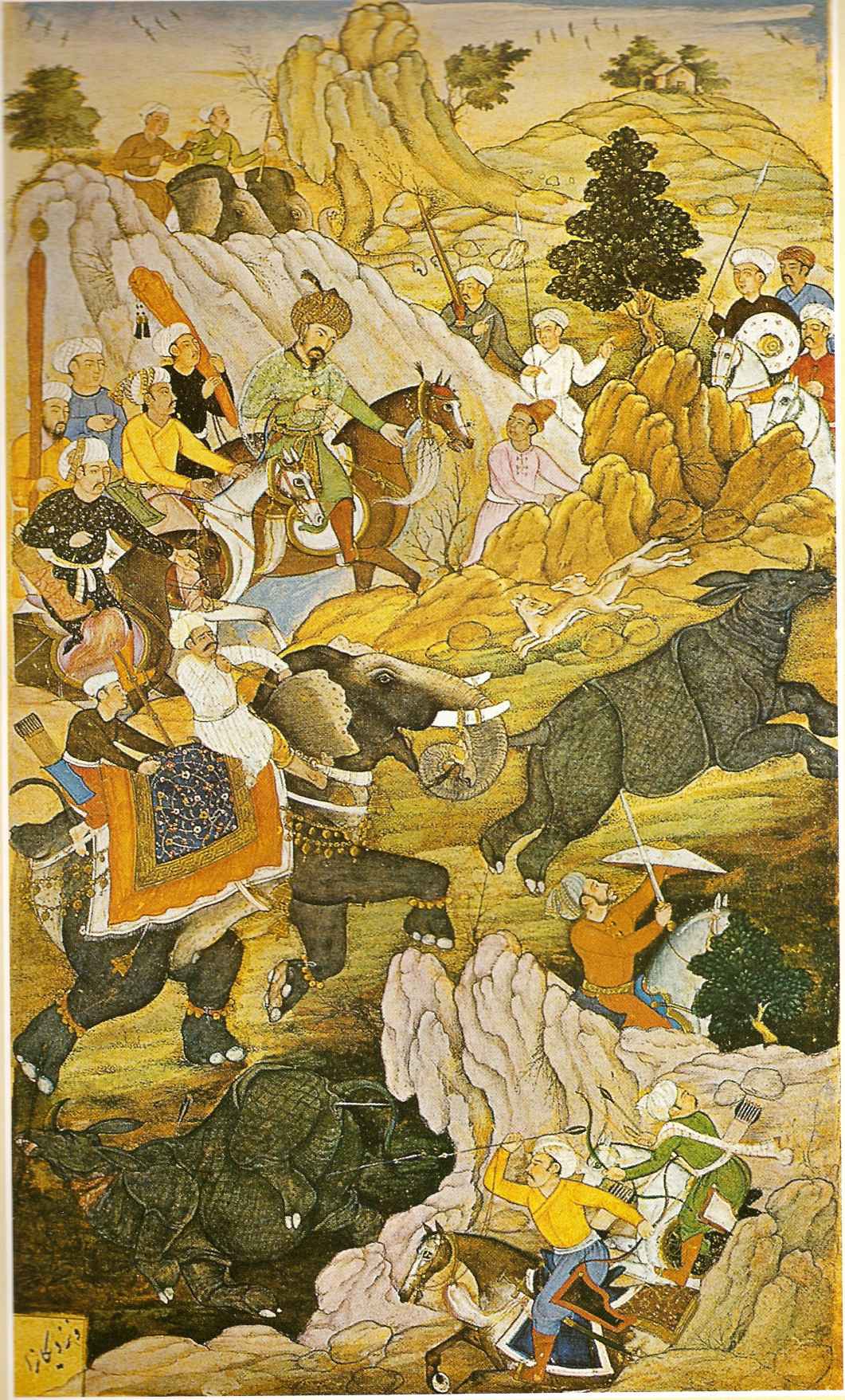Our principal sources of the Sultanate period are primarily in Persian and Arabic.
These are divided into two categories: (A) Chronicles. (B) Travels.
(A) Chronicles:
1. ‘Chach-Nama’:
Chach-Nama was originally written in Arabic. It was translated into Persian by Muhammad Ali-bin-Abu Bakr Kufi during the period of Nasir-ud-din Qubachah. It provides an account of the history of the Arab conquest.
ADVERTISEMENTS:
2. ‘Kitab-ul-Yamini’:
It was written by Abu Nasr bin Muhammad al Jabbaral Utbi. It is the history of the reign of Subuktigin and Mahmud Ghazani. It is deficient in dates. It is more a work of literature than of history.
3. Tarikh-ul-Hind:
ADVERTISEMENTS:
It is written by Al Beruni who belonged to Khawarigm.
4. ‘Kamil-ut-Tawarikh’:
The author of this book Shaikh Abdul Husan, popularly, known as ‘Ibn-ul-Asir’ belonged to Mesopotamia. This work was completed in 1230. It provides some account of Muhammad of Ghur’s conquest of India. Dates given in the book are correct, by and large but descriptions are believed to the based on hearsay.
5. ‘Taj-ul-Maasir’:
ADVERTISEMENTS:
Hasan Nizami is the author of this book and he covers the period from 1192 to 1228. It is considered as a reliable account on the career and reign of Qutub-ud-din Aibak and the early years of Iltutmish. Hasan Nizami was a contemporary of these two rulers.
6. ‘Tabqat-i-Nasiri’:
Minhaj-u-e-din Abu Umar bin Siraj-udal-din Juzjani, popularly known as Minhaj-us-Siraj is the author of this book. It was completed in 1260. Minhaj-us-Siraj was a contemporary of the rulers whose events he has described. He held the office of the Chief ‘Qazi’ at Delhi under Nasir-ud-din Mahmud. Minhaj is not usually considered as an impartial writer. He is biased in favour of Balban. Still his work is considered as an important authority on the early history of the Sultanate of Delhi.
7. ‘The Khaza’ in ul Fatuh’:
Amir Khusrao, the author of this book was pre-eminently a poet. He was a contemporary of all rulers of Delhi from Jalal-ud-din Khalji to Muhammad Bin Tughlaq. He has exaggerated the achievements of Ala-ud-din, his patron. Nevertheless this work is considered of great merit. It was written in Persian.
8. ‘Tarikh-i-Firvzshahil’:
Zia-ud-din Barani is the author of this book. Barani was the contemporary of Ghias-ud-din Tughlaq, Muhammad bin Tughlaq and Firoz Tughlaq. His work begins with the accession of Balban and comes down to the sixth year of the reign of Firoz Tughlaq. It was completed in 1359. It has ignored chronological arrangement. It is full of ancedotes. At times Barani is guilty of distortion of facts. Barani held an important post in the revenue department and he has described revenue matters in detail. Barani was a highly educated person.
9. ‘Fatawah-i-Jahandari’:
This book is also written by Zia-ud-din Barani. In this work, Barani provides details of his views on government policies-religious and secular. Barani considered this political code as an ideal one for a Muslim ruler to follow.
10. ‘Kitab-in-Rahlab’:
Ibn Battutah, a famous Moorish traveller is the author of this book. It is a book of travels which furnishes a lot of historical information. Ibn Battutah started on his travels in 1325 and visited Northern Africa, Arabia, Iran and Constantinople. Thereafter he came to India and reached Sindh in September 1333.
He spent about 9 years in India, he was appointed ‘Qazi’ of Delhi by Muhammad Bin Tughlaq. He occupied this post for about 8 years. He lost the favour of the emperor and was imprisoned. Sometimes after he was released, he was made an Ambassador to China in 1342. On account of a mishap on the ship, he returned to Delhi. Then he went to Maldive Islands. He was appointed as a judge there. He stayed in Maldive for one year.
During his stay in India, he was closely connected with the court and had a good opportunity to study the affairs in the country. His book written in Arabic is considered as an authority on the reign of Muhammad Tughlaq. It is observed by some historians that sometimes Ibn Battutah is inclined to gossips. Besides he was not acquainted with Parsian and any Indian language.
11. ‘Futuhat-i-Firozeshahi’:
A small autobiography of Firoz Shah Tughlaq, it is considered as an authority on important events and policies of his reign.
12. ‘Tarikh-i-Firozshahi’:
Written by Shams-i-Siraj, it is a history of the reign of Firoz Tughlaq. The author was a member of Firoz’s Shah’s court.
13. ‘Tarikh-i-Salatin-i-Afghana’:
Ahmad Yadgar is the author of this book. It gives an account of the rise and fall of the Lodis and Suris. The book was written during Akbar’s reign.
(B) Important Travellers and the Travels:
1. Al-Beruni:
2. Ibn Battutah:
3. Macro Polo and his Travels (Edited by Yule):
This book describes the various aspects of people’s life and other events of Southern India of the 13th Century.
4. Abdur Razzaq:
Razzaq was a Persian who came to the court of the king of Vijayanagar as an envoy. He stayed there in 1442-1443. He has left a detailed account of the conditions-administrative, cultural, economic and political. Razzaq’s description is considered of great historical value.
5. Nicolo Conti:
Nicolo Conti was an Italian traveller who visited India in 1520. He gave an account of customs, manners and conditions of the people of this period.
6. Domingos Paes:
Paes was a Portuguese traveller and has left a detailed account of Vijayanagar empire.
7. Edoardo Barbosa:
Barbosa visited India in 1516 and gave an account of Southern India in general and Vijayanagar in particular.
Indian Publications during the Medieval Period:
1. ‘Prithviraja Raso’:
Chand Bardai described the events relating to Prithviraj.
2. Hamira Mahakavya:
It gives the achievements of Hammira, the Chauhan ruler of Ranthambor. Hammira was a descendant of Prithviraja.
3. Surjana Charita Kavya:
Written by Chandrasekhar, it is a valuable source of information of the Chauhan rulers.
4. Rasamala:
The stories in Bengali verse provide history of Muslim rule in Bengal.
